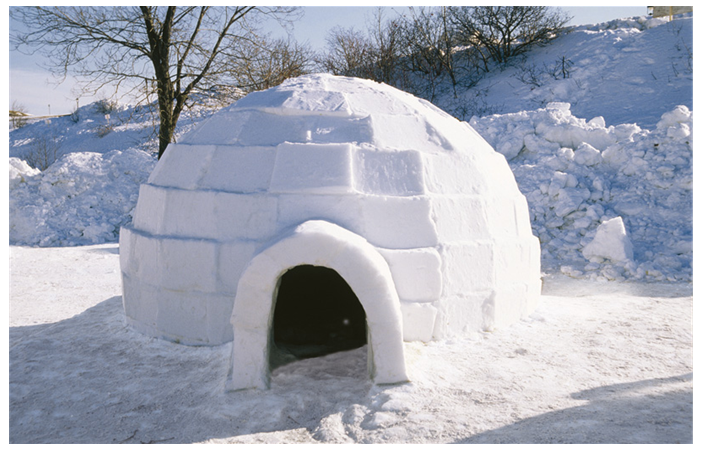As students have learned the names of objects, they've also begun studying the objects in their world and how they relate or imitate these objects. For example: a tent is a rectangular prism, dice are cubes, boxes can be cubes and rectangular prisms, a birthday hat is a cone.
Using our knowledge of 3-D objects, students studied various pictures of FNMI structures (which tied in nicely to our science unit on structures) and found 3-D objects within these.
The pictures students looked at were:
Image courtesy: http://www.fortmcphersontent.com/products/tipis/canvas-tipis/
Image courtesy: http://www.scrapbookoftruth.com/2014/02/10/random-thoughts-igloo/
Image courtesy: http://commons.wikimedia.org/wiki/File:Inukshuk,_Whistler.jpg
The images were all placed in a SmartBoard file (to allow us to write on the images).
At first, students studied the images and discussed with a partner what 3-D objects they found within each structure. Then as a class, students shared their findings.
Here is what they discovered about FNMI structures and 3-D objects.
What I really loved about this lesson is that students started to really look at different structures and the 3-D objects related in their own worlds. They then were automatically making comparisons to the FNMI structures. Many students further questioned other FNMI structures which would lead nicely into an inquiry study.






No comments:
Post a Comment